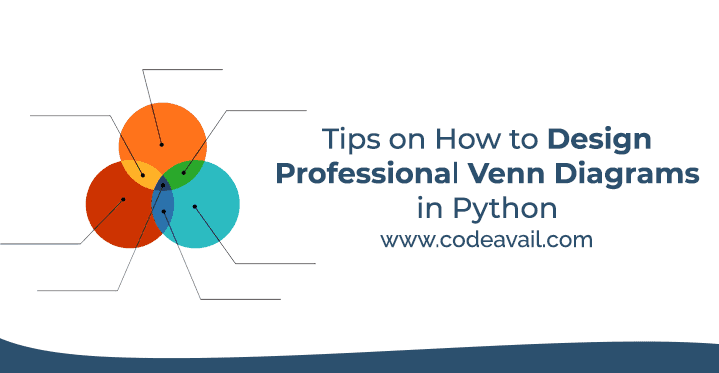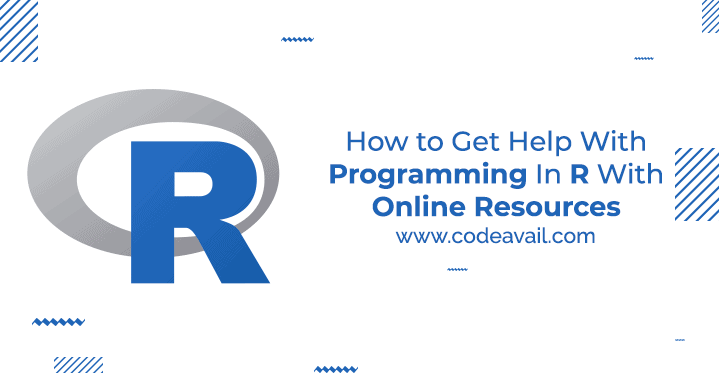Application integration solves many of the problems that arise from the usage of several different software applications, each tailor-made for a particular function, within a business.
In this article, let’s first understand what application integration is and how it helps. Then, let’s outline a step-by-step guide for implementing application integration.
What is Application Integration?
Table of Contents
Application integration connects different software applications so that they can communicate with each other and work together to better achieve business goals.
Communication can include both data and control messages. This enables many different applications to be a part of a common workflow.
Some Stats
- The market size for Enterprise Application Integration is estimated at USD 13.21 billion in 2023. It is expected to reach USD 27.33 billion in 2028.
- 44% of marketers in a survey felt that data integration is the biggest challenge to the success of data and technology initiatives.
Benefits of Application Integration:
Businesses use several software applications tailor-made for different business functions.
For example, software applications are often used for CRM (Customer Relationship Management), accounting and finance, and HR.
A lot of data is usually replicated in each of the applications. This results in redundancy, increased costs, and potential for inconsistency.
When workflows are cross-functional, data exchange and transfer of control between the applications need to be carried out manually. Manual intervention prolongs the cycle and increases the risk of errors.
Application Integration solves these problems leading to improved efficiency, fewer errors, and a better experience for the business’ staff, management, and customers.
Application Integration: Step-by-step
Let’s now walk through the steps for achieving application integration.
- Define the Requirements
The first step in the process is to finalize the integration requirements and identify the constraints and limitations.
The decisions made at this stage should include
- What are the applications to be integrated?
- What are the data and control messages to be shared between the applications?
- What are the workflows that need to be supported through the integration?
- What are the metrics to measure the quality and success of integration?
- What are the acceptance criteria to verify the success and completion of integration?
- What are the security regulations that need to be complied with?
- What are the technical constraints on the implementation?
- What are the features that will be out of the scope?
- Design the System Architecture
In this step, the technical team comes up with the architecture design to fulfill the requirements identified in Step 1.
The following are the well-known approaches to application integration:
- Shared Database
A primitive and the oldest technique is to create a shared database that will be used by all the applications.
Though it ensures the consistency of data, there are many technical limitations. They include high-security risks and incompatibility with platform-based applications like SAP ERP and Salesforce CRM.
- Point-to-point Integration
In this approach, the applications are directly connected to each other through APIs (either provided by the app vendors or customized).
It is architecturally simple and works well for simple integration projects. But, it is not a scalable solution apart from being difficult to maintain if the number of applications is large.
- Mediated Integration
This approach uses a middleware framework to mediate the communication between the applications.
There are two popular techniques to build the middleware:
- Enterprise Service Bus (ESB)
ESB acts as the mediator for the communication between applications. It processes and routes messages between the applications.
ESBs can be bought from vendors. They come with the infrastructure needed for mediating the communication between applications.
- Integration Platform as a Service (iPaaS)
An iPaaS serves the same purpose as an ESB. The difference is that it is cloud-based.
- Select Tools and Components
Once the integration approach is selected, the technical and business stakeholders identify the tech stack to be used for the integration.
The factors considered for the decision should include scalability, ease of use, cost, and support from the vendor.
Among the popular tech stack vendors are IBM, Informatica, SAP, Dell, Microsoft Azure, and AWS.
- Implement and Test Continuously
Once the plan and design are ready from the previous three steps, the actual implementation starts.
The details of the implementation will vary based on the integration approach selected.
Let’s take a high-level overview of the tasks that may need to be carried out.
Point-to-point Integration
- Design, development, and usage of custom APIs or invoking APIs provided by vendors
Mediated Integration
- Configuration of the ESB or iPaaS components for the project needs.
QA
- Preparation of the test plan and test cases. Test cases should cover both component-level and system-level tests.
- Verification of the acceptance criteria.
- Testing automation.
At the End:
Application Integration can greatly improve process efficiency, data integrity and consistency, and ease of management and tracking. Proper design, implementation, and validation by experienced experts can ensure that application integration yields the desired results.
Also Read: Pay Someone To Do My Java Homework And Assignment In 2023


